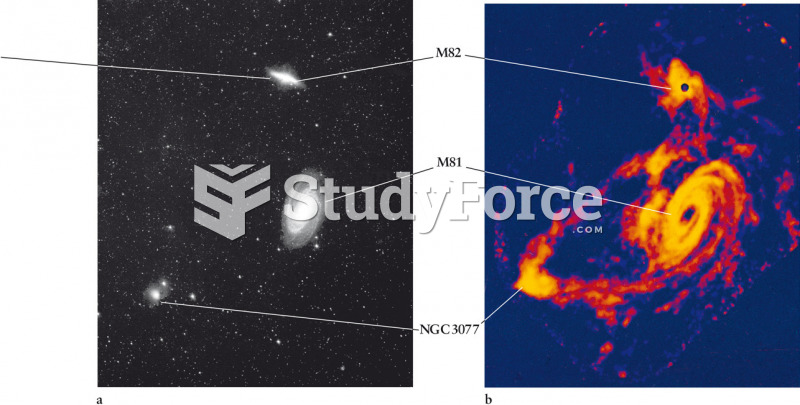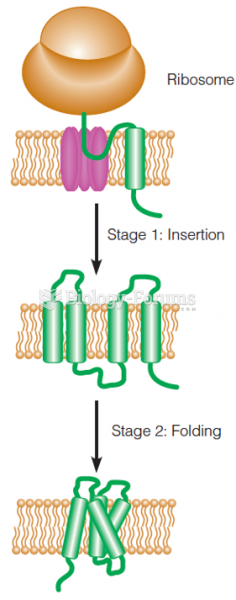Answer to Question 1
ANS: B
Simulated experiences enable the student to apply previously learned content in a safe and realistic environment that allows time for questioning, clarifying, and feedback. Students develop confidence in providing direct nursing care. The concept map as a way to organize and visualize data to identify relationships and solve problems. Role-play strategies involve assigning learners to different roles based on expected outcomes in a particular setting. Other learners and facilitators observe the role playing, and then all are involved in the debriefing or discussion of the scenario. As with simulation, this approach allows learners to interact in a safe, controlled environment. Because critical thinking cannot occur about subjects that are unknown, a review of literature may foster this type of thinking by addressing knowledge deficits.
Answer to Question 2
ANS: A, B
The nursing diagnosis identifies an actual or potential problem or response to a problem. Accurate identification of nursing diagnoses for patients results from carefully analyzing, validating, and clustering related patient subjective (symptoms) and objective (signs) data. If data collection includes inaccurate or inadequate information or if data are not validated or clustered with related information, a patient may be misdiagnosed. Diagnosis in the nursing process requires naming patient problems using nursing diagnostic labels. Medical diagnoses are labels for diseases, whereas nursing diagnoses describe a response to an actual or potential problem or life process.







